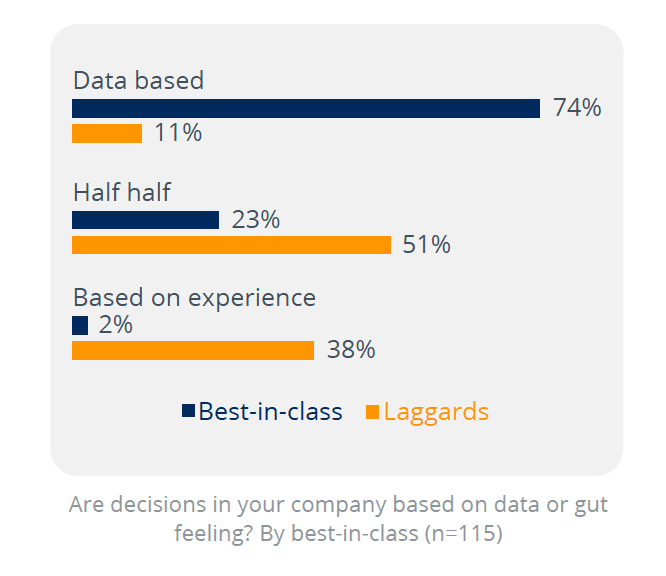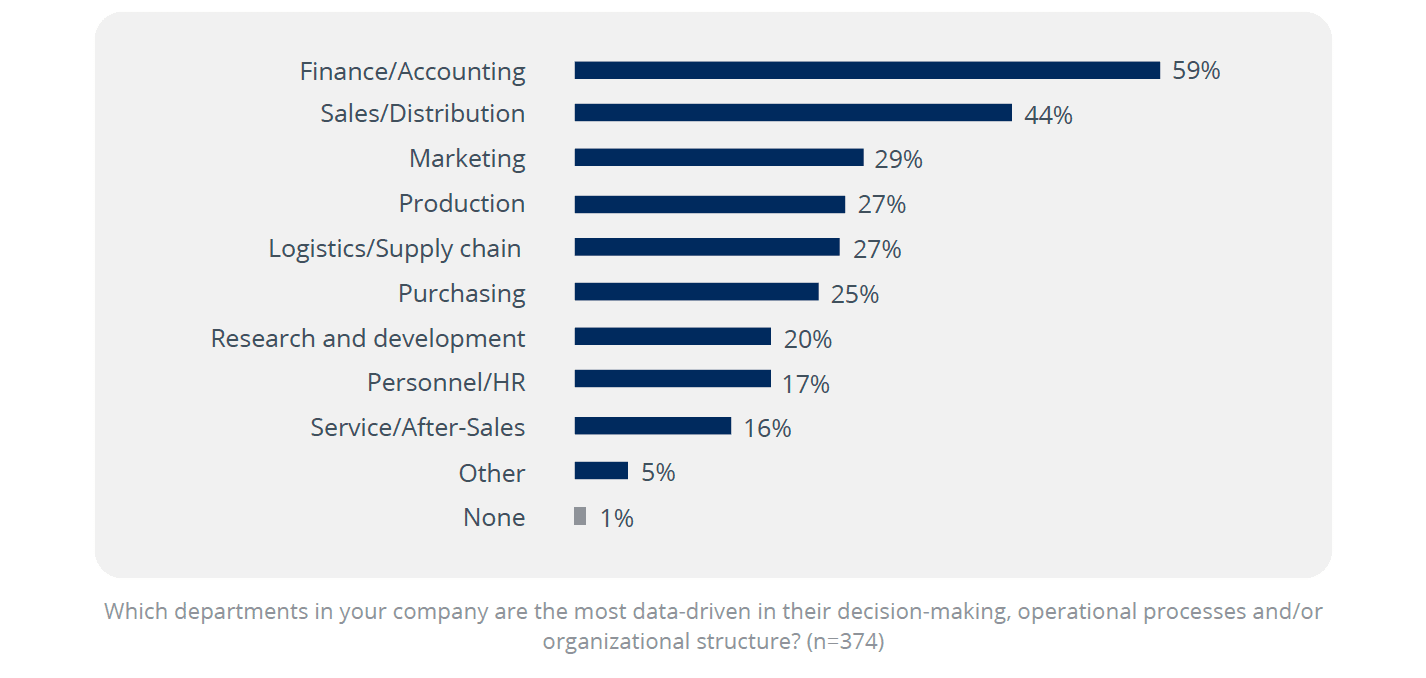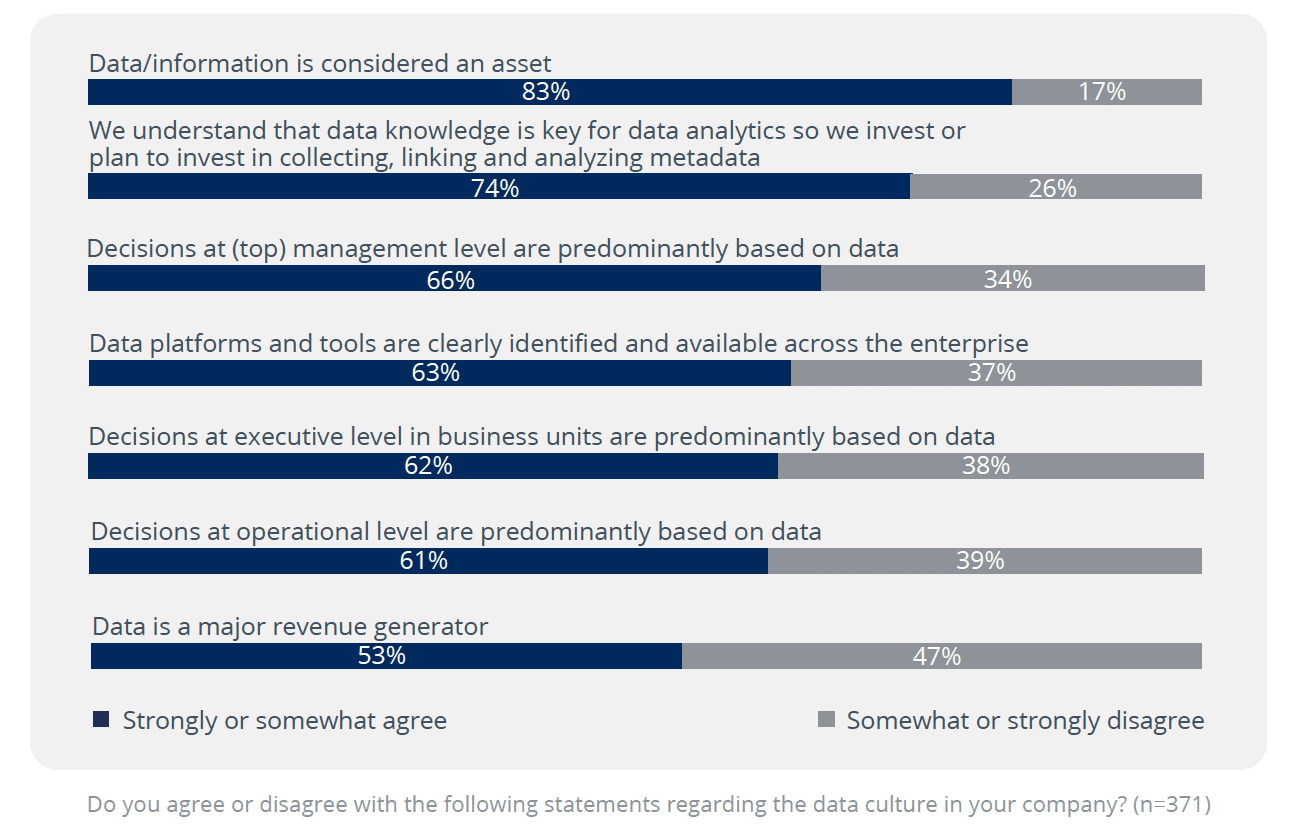Advantages of Implementing a Cloud Data Platform
Traci Curran
December 22, 2022

A current data explosion is being fueled by cheaper data storage and advanced analytics technologies. However, a difficult task still remains: how do we aggregate that data into a single place where you can easily analyze it?
Teams struggle to access accurate, consistent data from the multiple analytics and extract, transform, load process (ETL) tools being used across the organization. The existence of data silos is nothing new, but some options can help your business become data-driven without forcing your staff to move away from the tools that they need to be productive.
A cloud data platform allows you to abstract the complexities of the underlying tools used in an organization and gets usable and accurate data into a single source of truth.
The Crucial Role of the Cloud Data Platform and Data Warehouse
A data warehouse collects clean and structured data from many sources to assist in boosting organizational performance, making smarter choices, and finding competitive advantages.
It’s important to understand the difference between a data warehouse and a database.
- A database stores current transactions and provides quick access to specific transactions for ongoing business processes using online transaction processing (OLTP).
- Data warehouses store large quantities of historical data and support fast, complex queries across all data using online analytical processing (OLAP). A data lake, on the flip side, provides unstructured or semi-structured data for exploration.
A cloud data platform allows you to use all of these through a single platform that can be utilized by all data teams.
Still, it’s Important to Have a Data Warehouse. Here are a Few Reasons:
Consistency is Key
Typically, data warehousing involves converting data from multiple sources and formats into one standard format, thereby making it easier for users to analyze and share insights on the entire collection of data.
A Data Warehouse Maintains Data You Can Trust
Many organizations require data from multiple subsystems built on different platforms to perform valuable business intelligence. Data warehousing solves this issue by collecting an organization’s data into one repository, allowing it to be accessed from a central location.
A Data Warehouse Enables Self-Service
Business users and decision-makers frequently need to log into multiple departmental systems or request reports through IT personnel to access the information they require. A data warehouse allows them to generate reports and queries on their own. Having easier access to data allows for less time spent on data retrieval and more time on data analysis, resulting in more productive work sessions.
Data Warehouses Improve Data Quality
Having a data warehouse allows businesses to ensure that their stored data is compliant and can mask sensitive data to protect them from exposure to data breaches or unauthorized access. Data warehouses also remove poor-quality information from the data repository and enrich data to make it more useful for insights.
Common Use Cases for a Cloud Data Platform
A cloud data platform takes all the advantages of a cloud data warehouse and combines native integration, transformation, orchestration, and data quality into a single, easy-to-use platform.
Improving Marketing Performance
It’s common for marketing data to be spread across several systems in a company, such as a customer relationship management (CRM) system and marketing automation system. When teams assemble scattered data into spreadsheets to gauge critical measurements, the information may become outdated. Isolating discrepancies becomes cumbersome, and teams can often concede to making decisions based on the limited data that they have available.
A marketing data warehouse allows the marketing team to operate off a single source of data. You may combine data from internal systems such as web analytics platforms, advertising channels, and CRM platforms with data from external systems. A data warehouse allows marketers to execute faster, more efficient initiatives by giving them access to the same standardized data. Teams can generate more granular insights and track performance metrics such as ROI, lead attribution, and customer acquisition costs more effectively.
Real-time processing of data warehouses can enable marketers to build campaigns based on the most recent data, generating more leads and business opportunities. Users can create customized dashboards or reports that evaluate marketing team performance.
Embracing Legacy
Many enterprises still depend on mainframe environments and other legacy application systems, which makes accessing and processing legacy data difficult. Unfortunately, technological advancements in platforms, architectures, and tools have not supplanted legacy application systems.
The difficulty of migrating business knowledge and rules to newer platforms and applications over the years is one reason why legacy systems still have a strong footprint in nearly all enterprises. However, information stored in legacy systems can be a valuable data resource for analytical systems.
Legacy systems were not built to analyze data; they were built to perform functions. Because of this, companies that rely on legacy software such as mainframes for critical operations are unable to obtain real-time information from their transactions. Solving business problems and gaining access to data locked away in legacy systems can be pivotal if you are working with legacy data. Built-in integration enables cloud data platforms to connect to legacy systems for better data analytics. Data can be transformed from legacy systems into a format that newer applications can use using processes such as extract, transform, load (ETL) or extract, load, transform (ELT). Using legacy data to inform new applications can help provide a clearer picture of historical trends, resulting in more accurate business decisions.
Improving Operational Performance
Customer service, customer success, sales, and marketing teams can be evaluated using metrics derived from the data warehouse, such as usage patterns, customer lifetime value, and acquisition sources. Teams’ contributions to overall business performance and objectives can also be highlighted by combining data sets from other business areas and generating stronger data analytics insights.
Business information can be collected and stored in relational formats to support historical and real-time analysis. Data can then be analyzed to discover real-time anomalies or predict events and trends from historical data. Performance improvements are far more effective when they can combine past performance and future predictions.
Conclusion
Cloud data platforms make it possible for organizations to access data from multiple sources in real-time, automate business processes, and speed up the time to insights. A data platform is more than a database or data warehouse, it’s the center of gravity for your business’ digital future. It offers a combination of services, tools, and components that helps you build a data warehouse, data lakes, and supportive analytic data hubs.
Cloud data platforms help you leverage your data assets through a single solution that has integrated data management (not just ingestion), data analytics, and data quality and automation.
Subscribe to the Actian Blog
Subscribe to Actian’s blog to get data insights delivered right to you.
- Stay in the know – Get the latest in data analytics pushed directly to your inbox.
- Never miss a post – You’ll receive automatic email updates to let you know when new posts are live.
- It’s all up to you – Change your delivery preferences to suit your needs.
Subscribe
(i.e. sales@..., support@...)

















